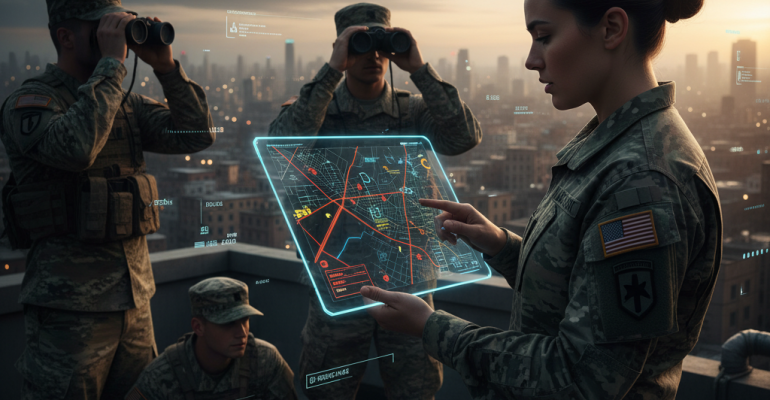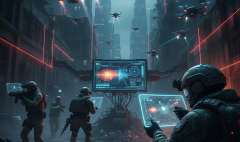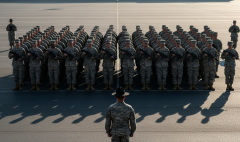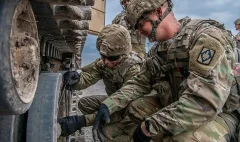What Situational Awareness Really Means — And How to Sharpen It
What Situational Awareness Really Means — And How to Sharpen It
“Keep your head on a swivel.” Anyone who’s served has probably heard that phrase more times than they can count. But situational awareness goes far beyond scanning your surroundings. It’s a mindset, a way of perceiving and processing information that allows you to anticipate threats, seize opportunities, and stay one step ahead. In the Army, situational awareness can be the difference between mission success and failure. In everyday life, it can be the key to safety, effectiveness, and confidence.
Beyond Looking Around
Situational awareness isn’t just about seeing—it’s about understanding. Soldiers are trained to interpret body language, read terrain, note environmental changes, and detect subtle cues that others might overlook. It’s connecting the dots between what’s happening and what it means.
The Three Levels of Awareness
- Perception: Recognizing what’s around you—people, objects, signals, terrain, and changes in routine.
- Comprehension: Interpreting the significance of what you’re perceiving. Is that crowd unusually restless? Is that vehicle parked suspiciously close?
- Projection: Anticipating what might happen next based on current conditions. This is where awareness shifts from reactive to proactive.
Training the Mind to Notice
- Break the autopilot: Routine dulls awareness. Consciously notice details—the exits in a room, the rhythm of traffic, the mood of a crowd.
- Micro-observations: Pay attention to the small things: tone of voice, unusual behavior, changes in the environment.
- Pattern recognition: Soldiers learn to notice when something doesn’t fit. Civilians can do the same—trust that gut feeling when something feels “off.”
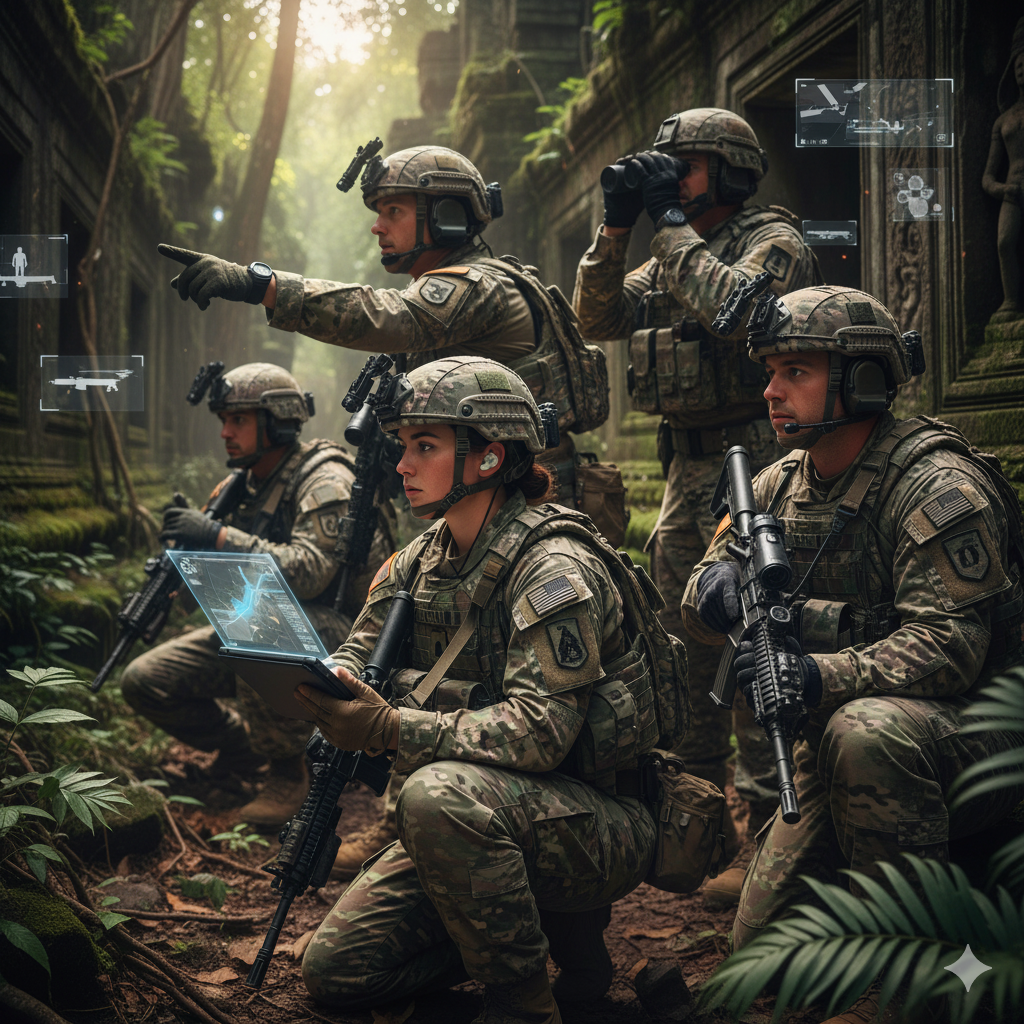
Stress and Awareness
High-pressure environments shrink focus to the immediate threat, which can cause tunnel vision. Military training emphasizes staying calm under stress so awareness remains wide rather than narrow. Breathing techniques, mental rehearsal, and repeated exposure to challenging scenarios help keep the mind clear when it matters most.
Situational Awareness as a Team Skill
It’s not only individual—it’s collective. A unit thrives when everyone shares what they see and hear, filling in gaps for each other. In civilian contexts, this teamwork looks like group vigilance at public events, or coworkers sharing insights that prevent mistakes.
Civilian Application
Think about driving: situational awareness keeps you not only focused on your car, but also on other drivers, pedestrians, and potential hazards. Or in business: reading the mood in a meeting and anticipating how decisions will land. The principles remain the same.
Closing Thought
Situational awareness is a discipline of presence. It asks you to notice, interpret, and anticipate—not with paranoia, but with clarity. Sharpening this skill in the Army builds safer soldiers and stronger units. Sharpening it in civilian life creates more capable, confident individuals. It’s a skill worth cultivating wherever you stand.

